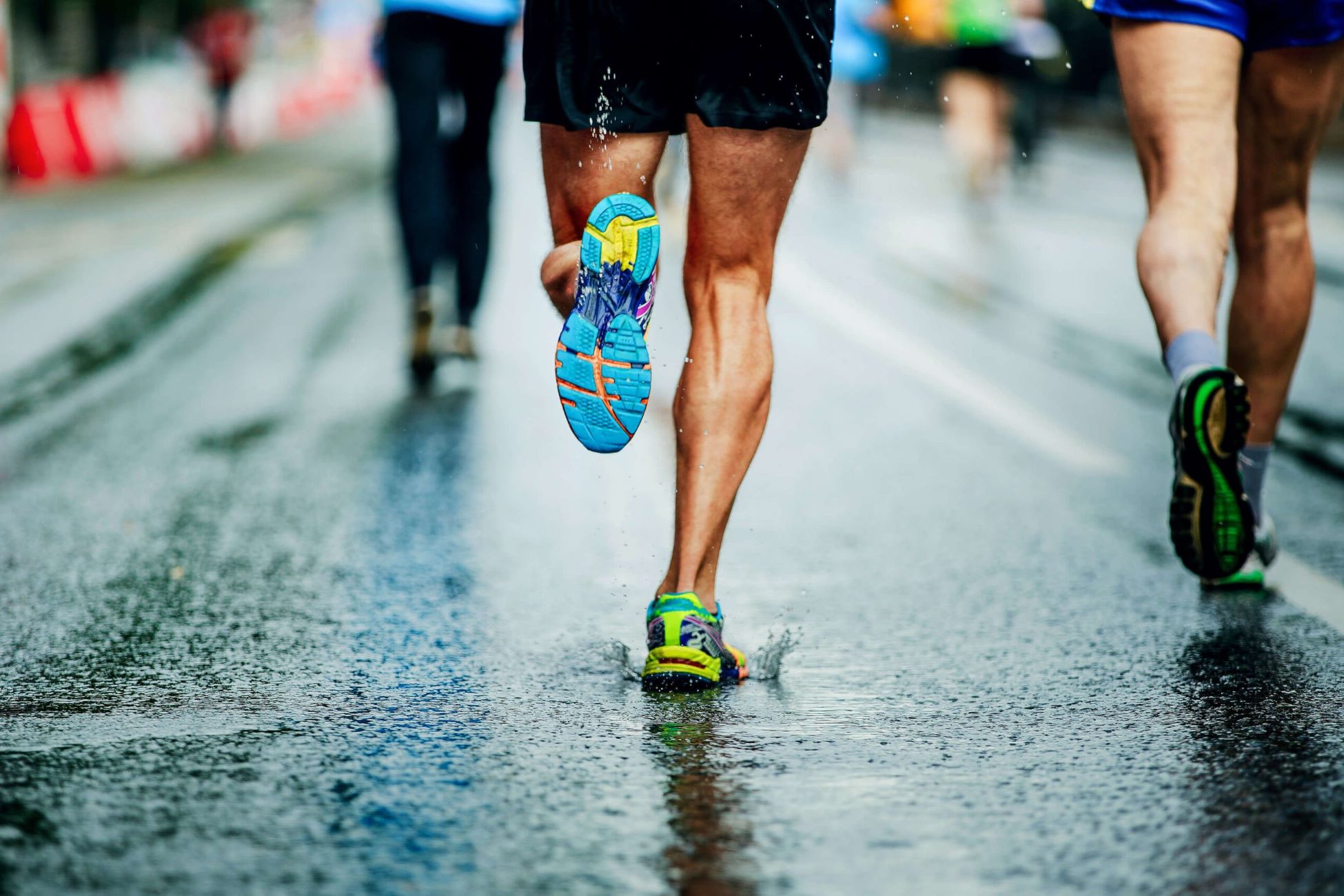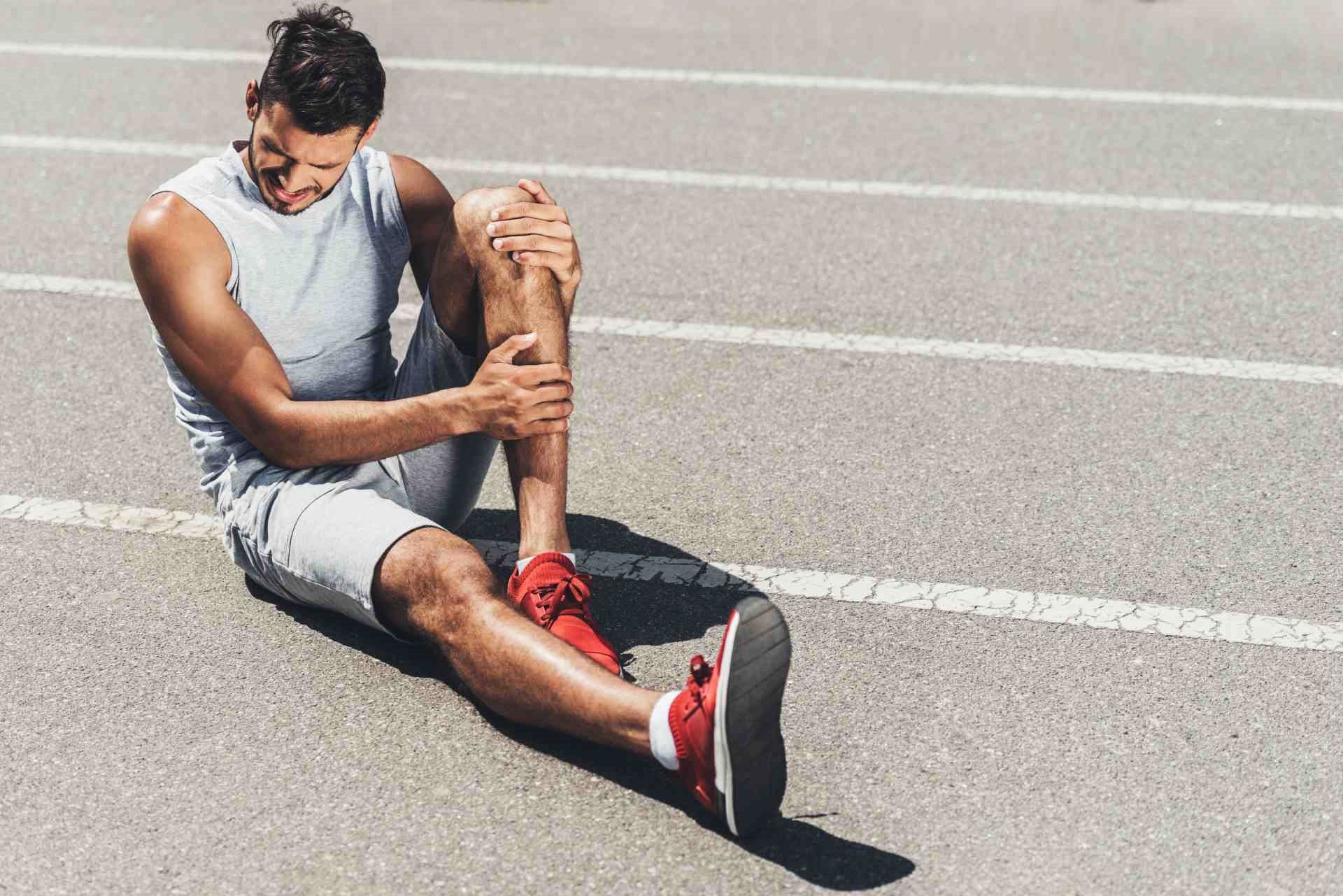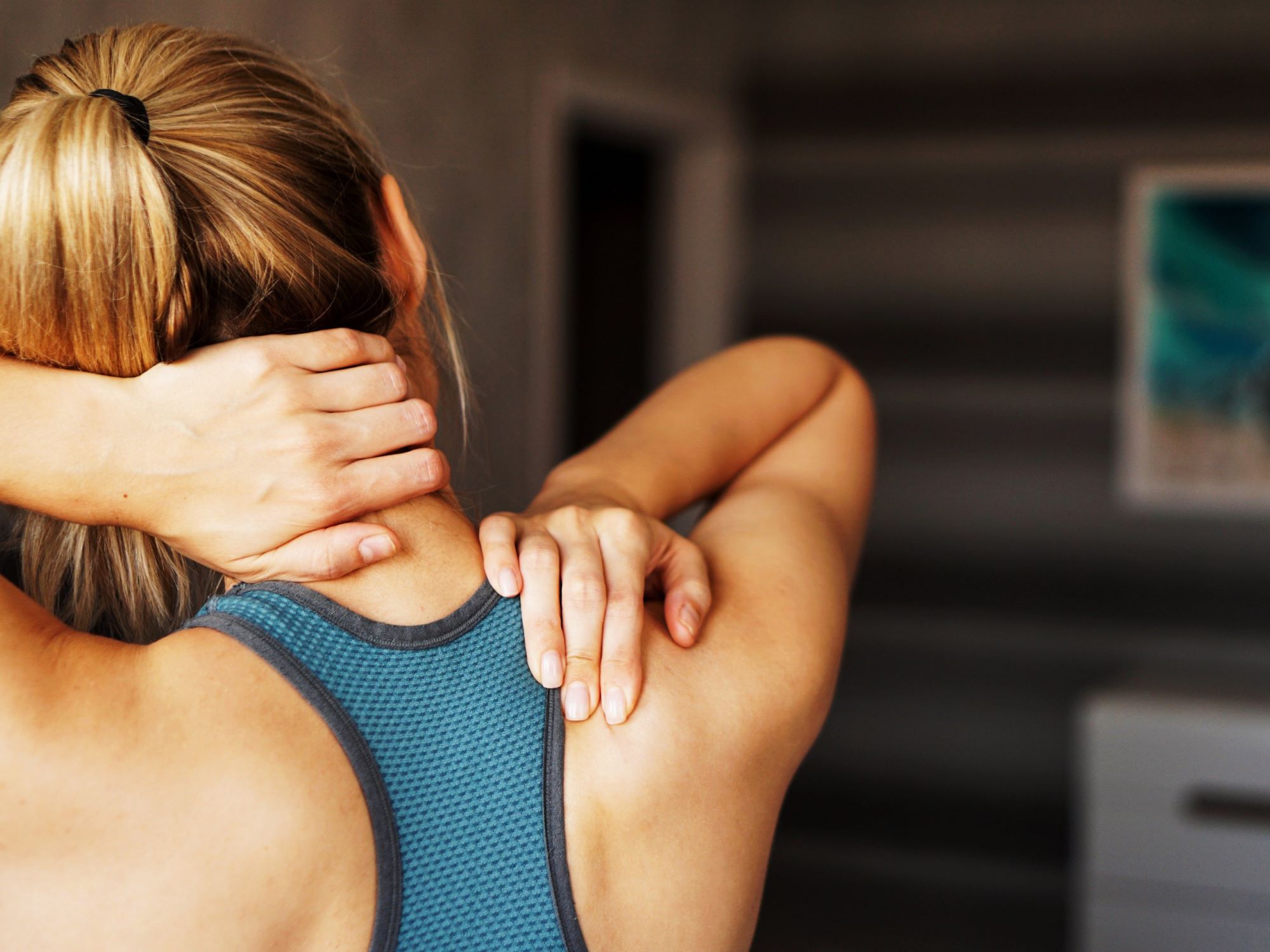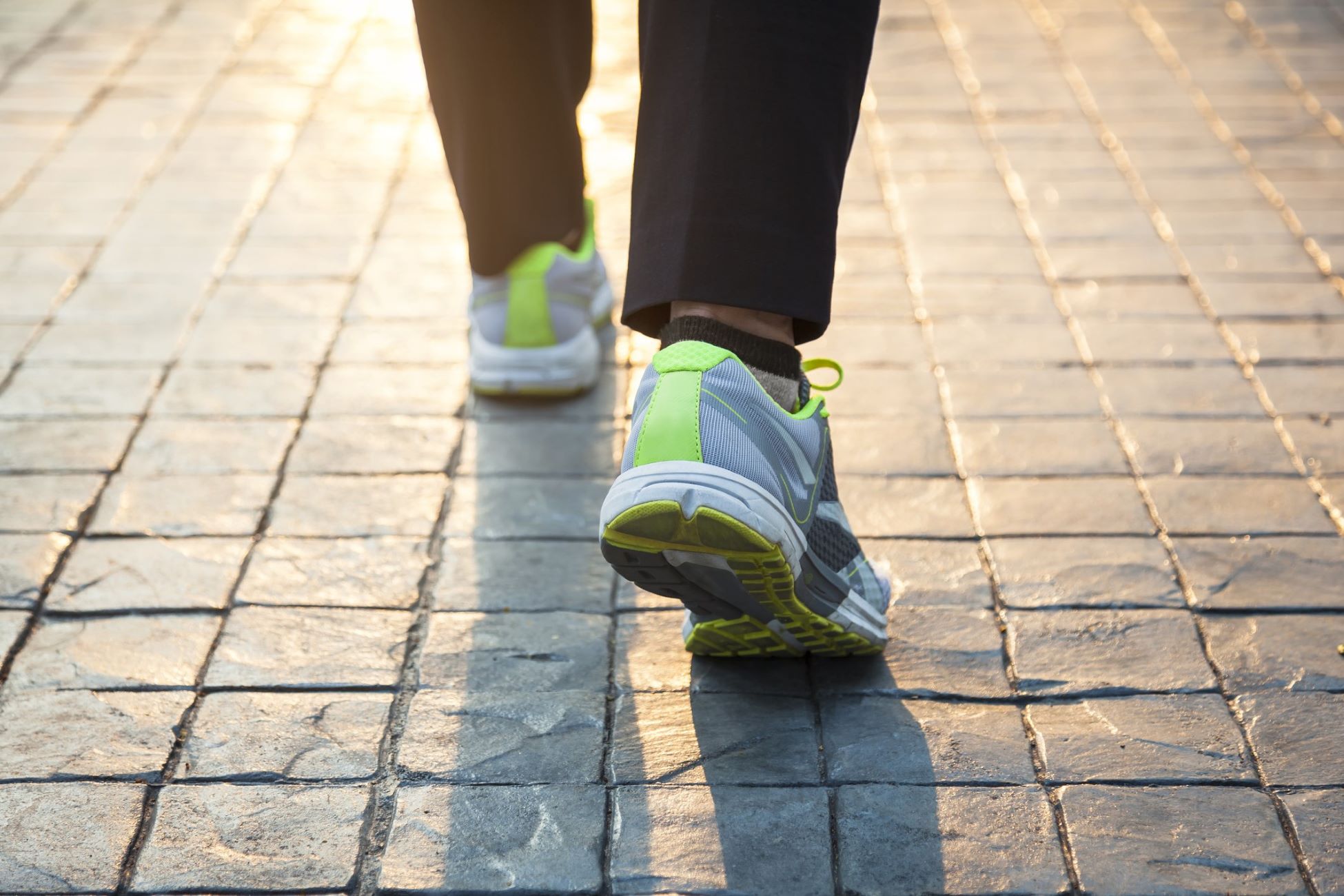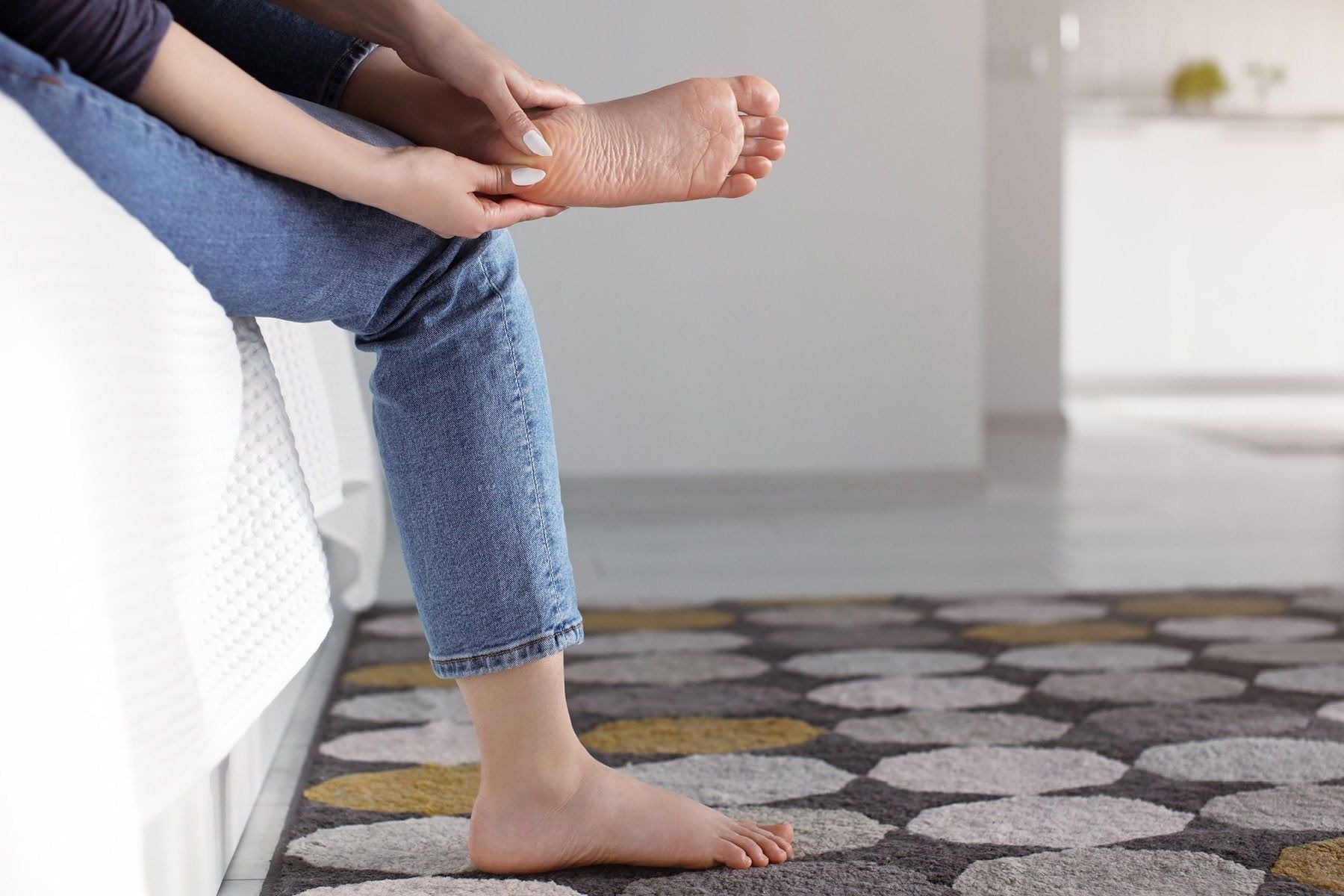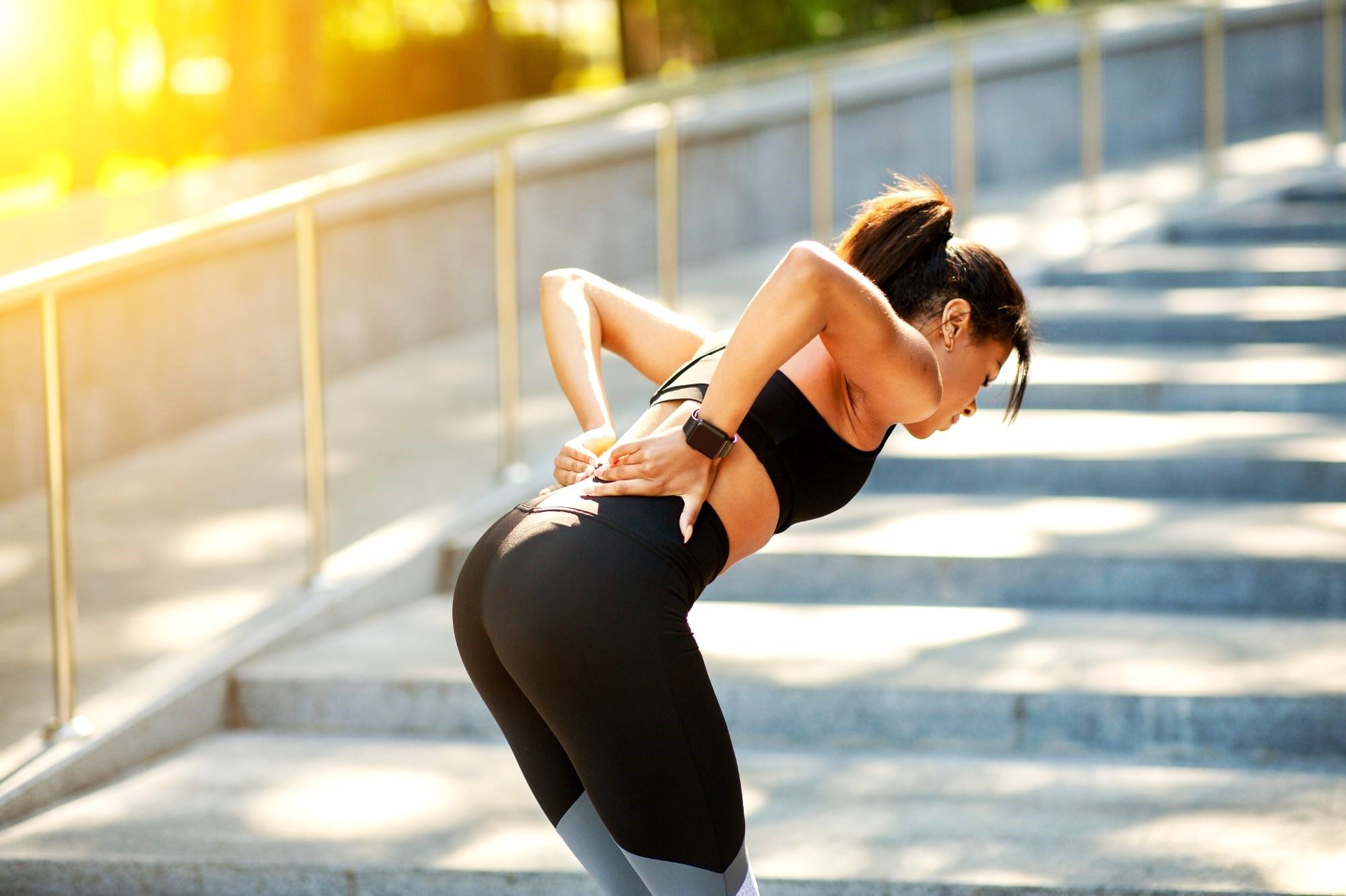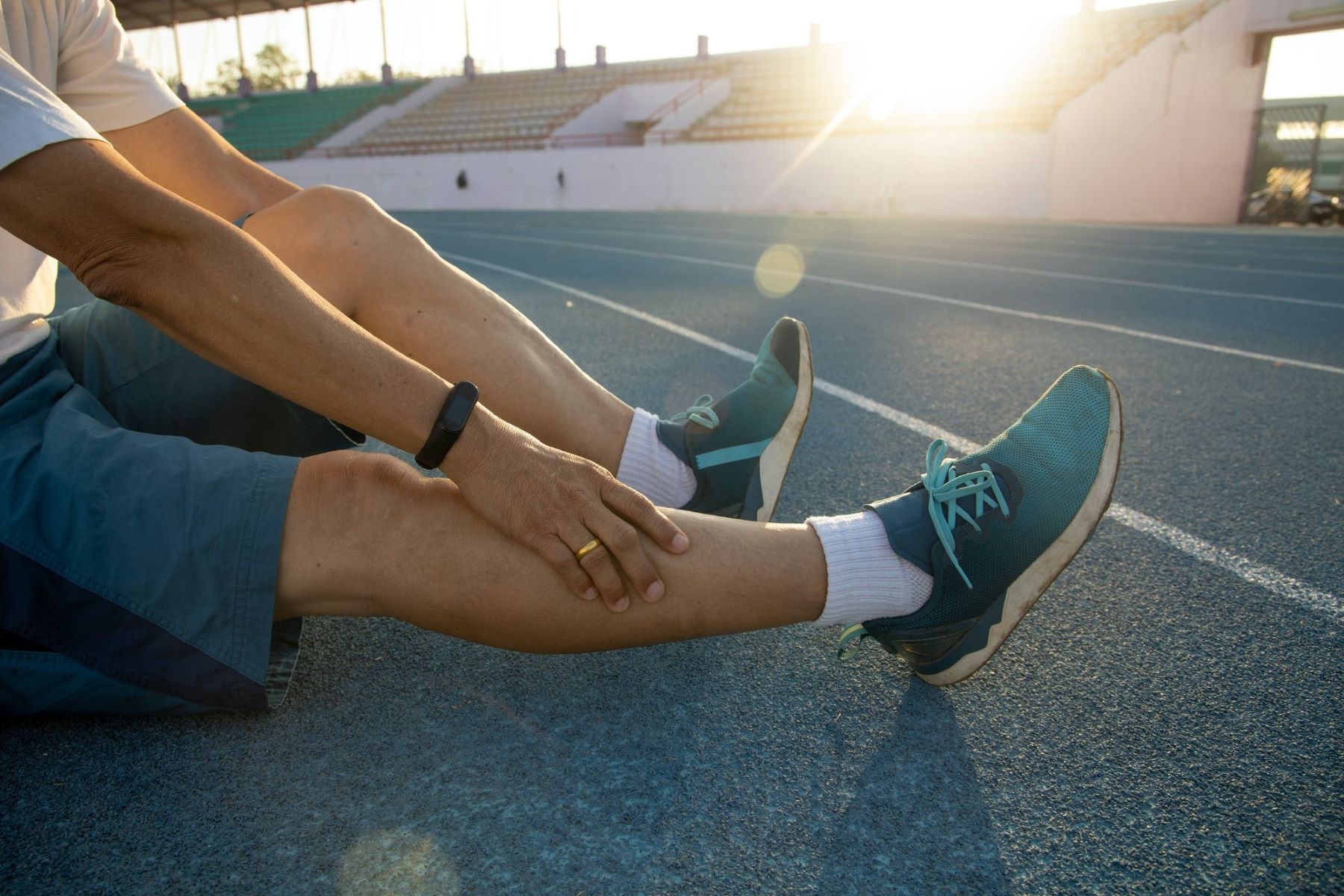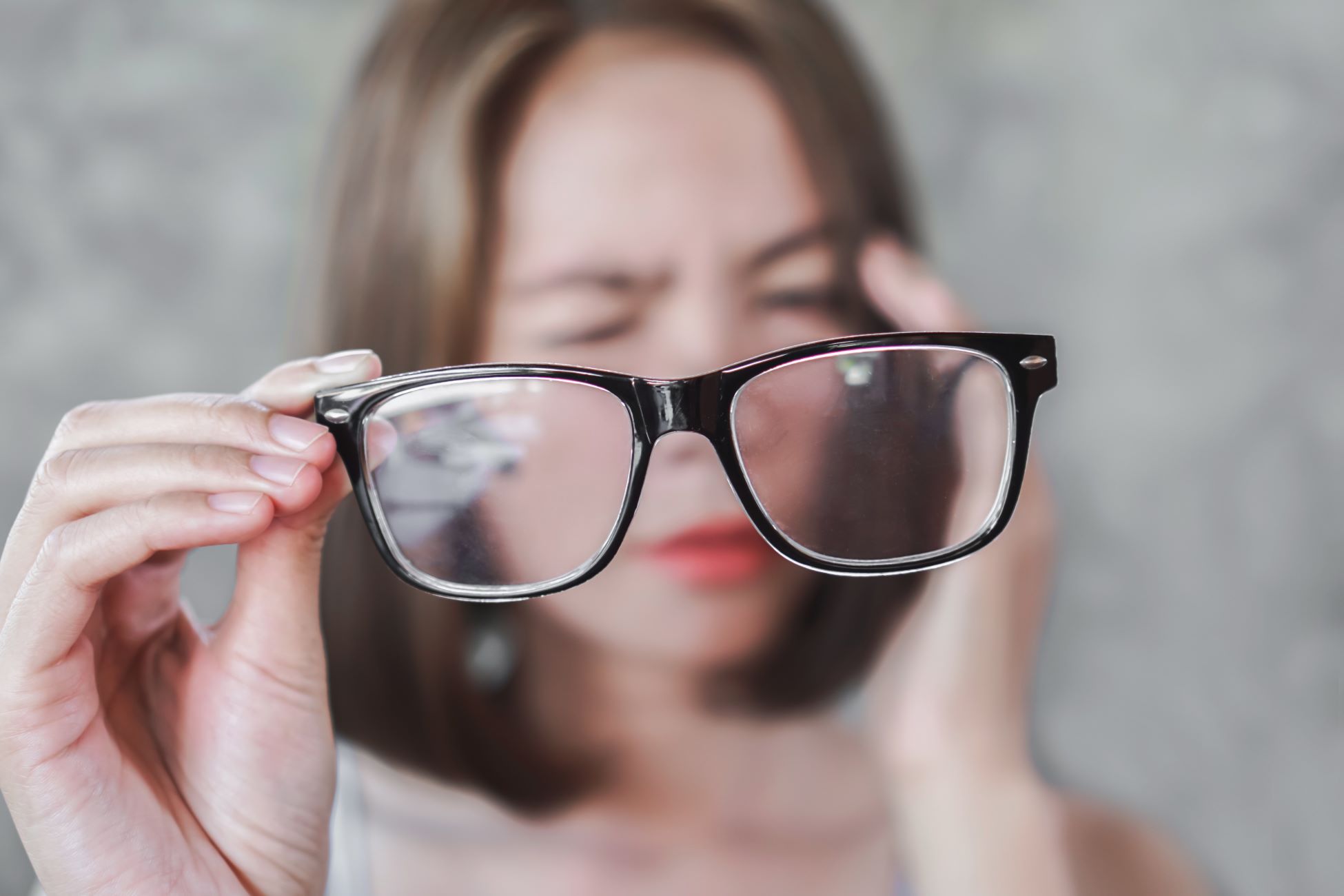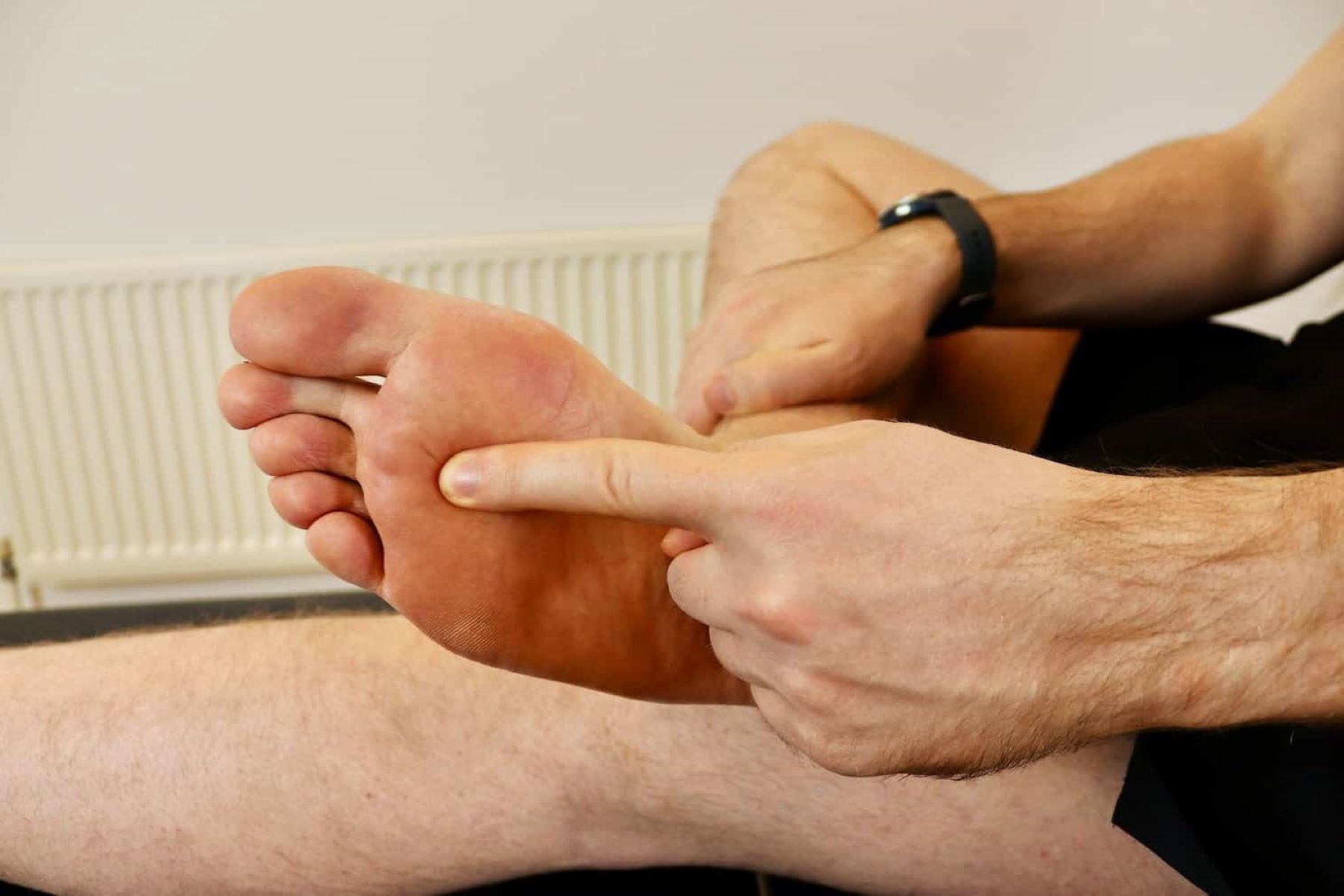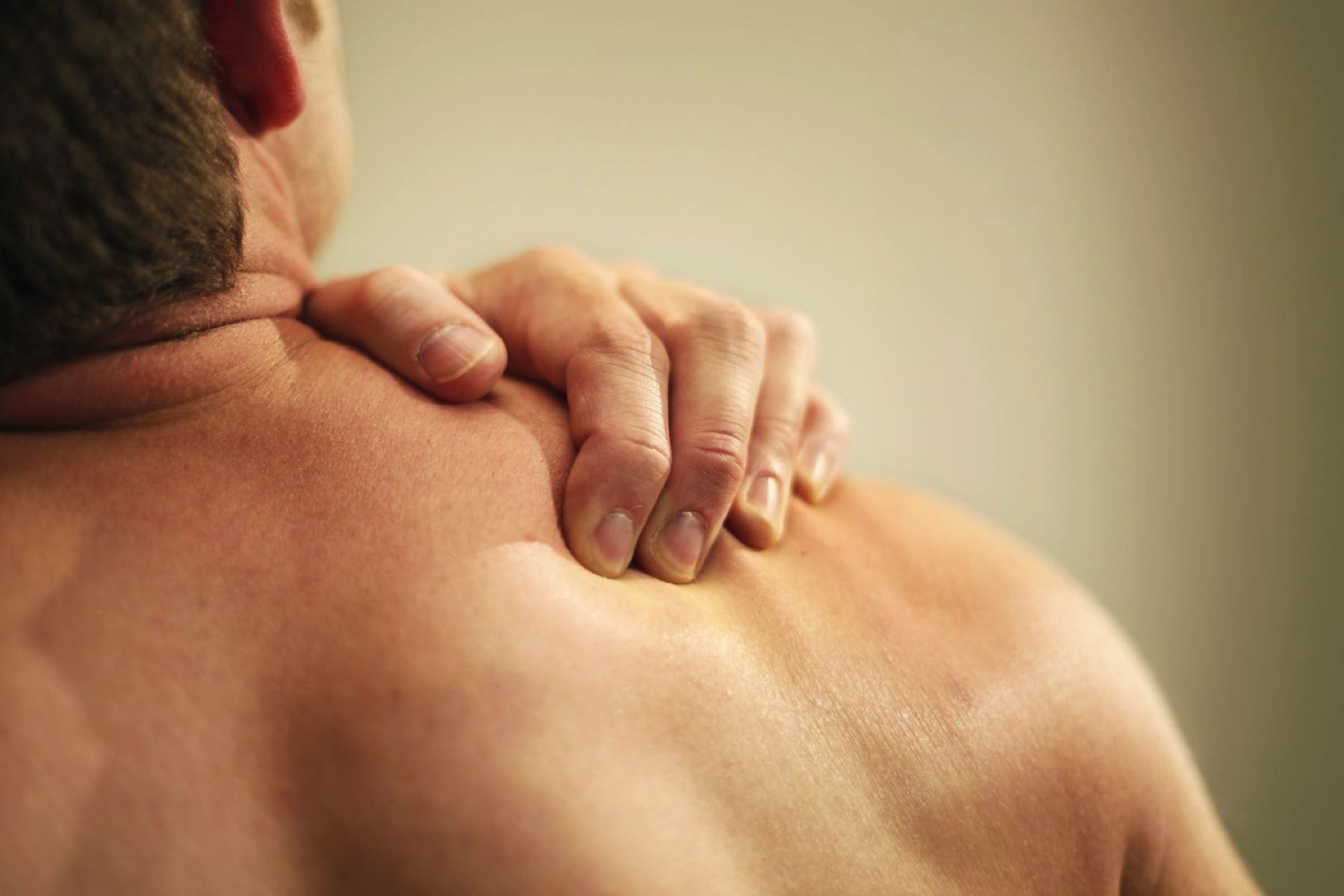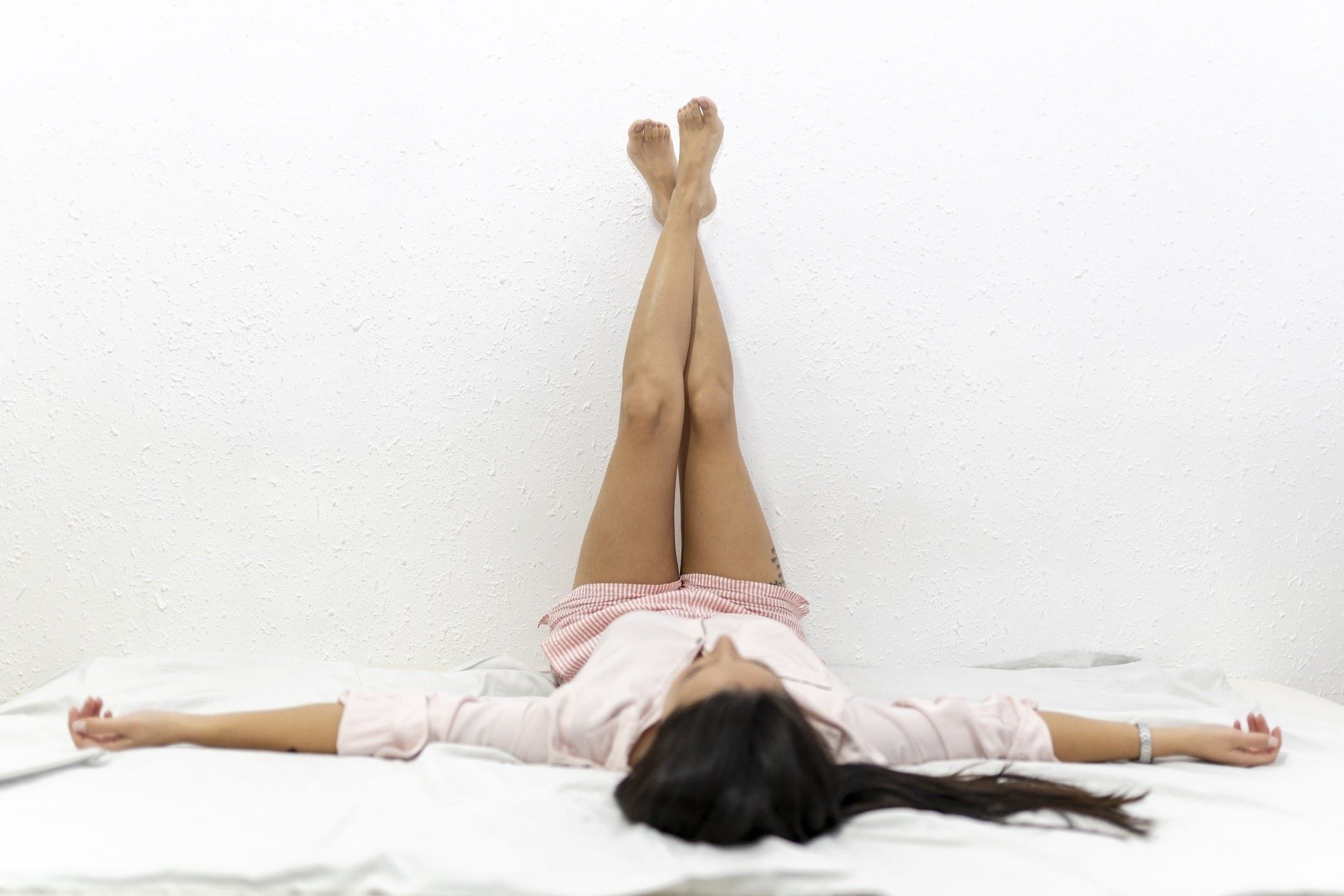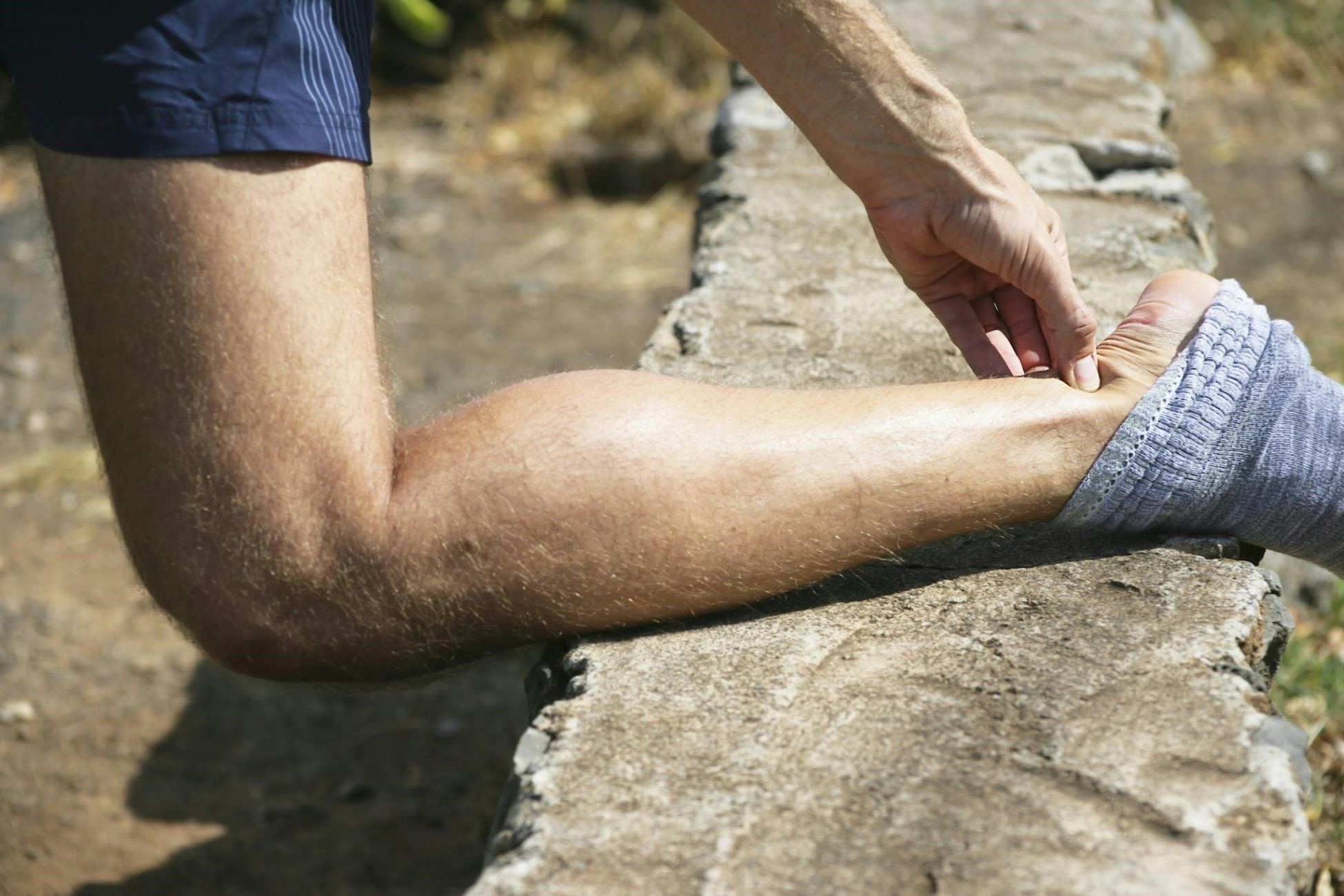Home>Health & Nutrition>Injury Prevention>4 Common Causes Of Knee Pain After Running
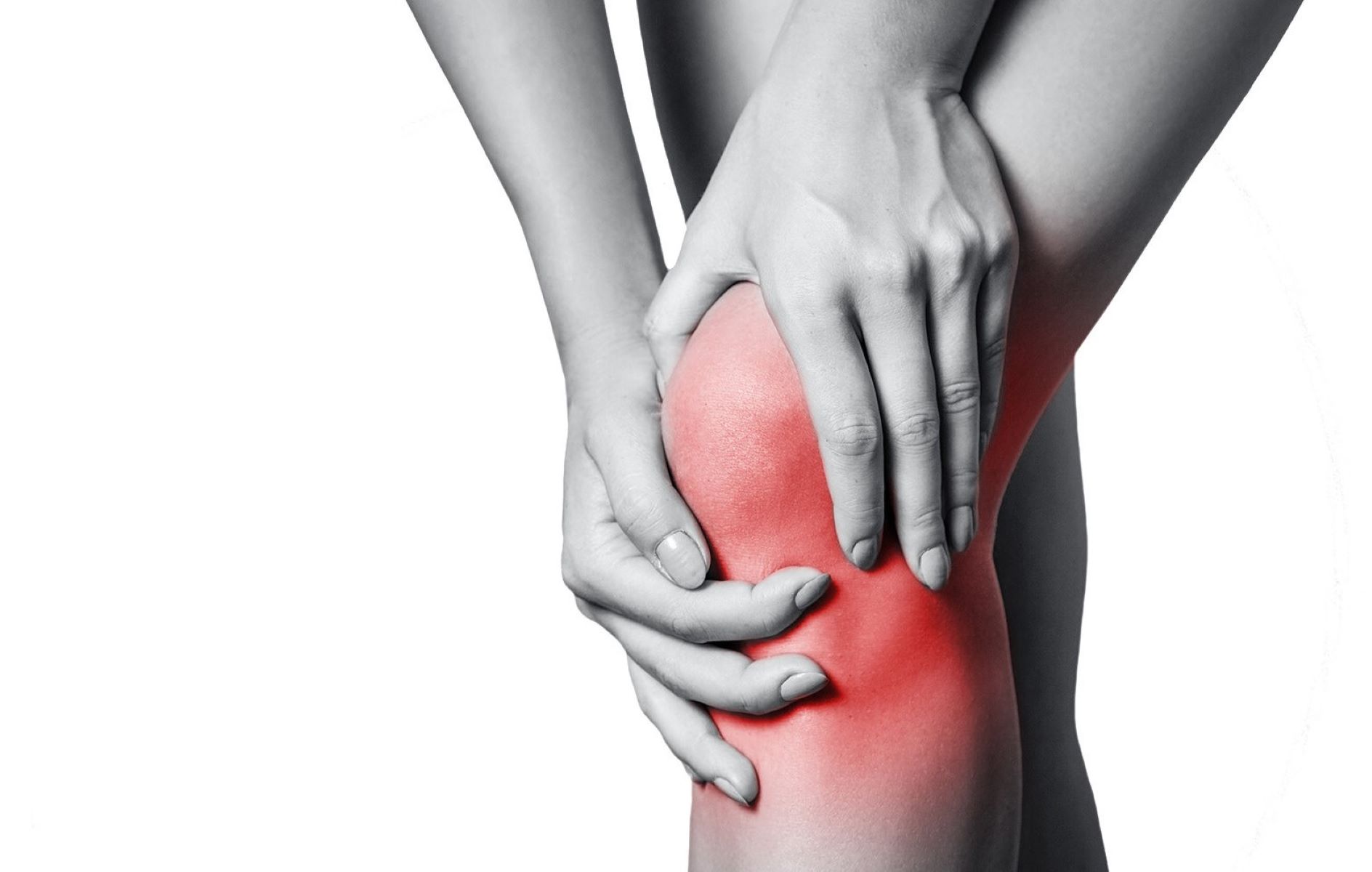

Injury Prevention
4 Common Causes Of Knee Pain After Running
Published: February 27, 2024
Learn how to prevent knee pain after running with these injury prevention tips. Discover the 4 common causes and how to avoid them for a pain-free run.
(Many of the links in this article redirect to a specific reviewed product. Your purchase of these products through affiliate links helps to generate commission for Therunningadvisor.com, at no extra cost. Learn more)
Table of Contents
Understanding Knee Anatomy
The knee is a complex joint that plays a crucial role in supporting the body's weight and facilitating movement. Comprising bones, cartilage, ligaments, and tendons, the knee joint is susceptible to various forms of stress and strain, particularly during physical activities such as running. Understanding the intricate anatomy of the knee is essential for comprehending the potential causes of knee pain after running.
-
Bones: The knee joint is formed by the intersection of three bones: the femur (thigh bone), the tibia (shin bone), and the patella (kneecap). These bones are connected by ligaments, which provide stability to the joint during movement.
-
Cartilage: Within the knee joint, there are two types of cartilage: articular cartilage and meniscus. Articular cartilage covers the ends of the femur, tibia, and patella, serving as a cushion and facilitating smooth movement. The meniscus, on the other hand, acts as a shock absorber between the femur and tibia, dispersing the forces exerted on the knee during running.
-
Ligaments: The knee is reinforced by four primary ligaments: the anterior cruciate ligament (ACL), posterior cruciate ligament (PCL), medial collateral ligament (MCL), and lateral collateral ligament (LCL). These ligaments provide stability and prevent excessive movement of the knee joint.
-
Tendons: Tendons connect the muscles to the bones around the knee joint, enabling the extension and flexion of the leg. The patellar tendon, in particular, connects the quadriceps muscles to the tibia and is vital for activities such as running and jumping.
Understanding the intricate interplay of these components within the knee joint is fundamental to recognizing the potential sources of discomfort and pain that may arise after running. By gaining insight into the knee's anatomy, individuals can better comprehend the importance of proper training, footwear, and muscle conditioning to prevent injury and maintain joint health.
Read more: Possible Causes Of Knee Pain While Cycling
Overuse and Overtraining
Overuse and overtraining are common culprits behind knee pain after running. When individuals engage in repetitive or high-impact activities without allowing sufficient time for recovery, the knee joint can become overburdened, leading to discomfort and potential injury. This phenomenon is particularly prevalent among runners who may push themselves to achieve distance or speed goals without considering the impact on their knees.
Overuse injuries often manifest as conditions such as patellofemoral pain syndrome, commonly known as "runner's knee." This condition arises from the repetitive motion of the kneecap against the femur, resulting in irritation and inflammation. Additionally, iliotibial band syndrome, a prevalent overuse injury among runners, occurs when the iliotibial band, a thick band of tissue that runs along the outside of the thigh, becomes inflamed due to repetitive friction against the femur.
Furthermore, overtraining without adequate rest can lead to muscular fatigue and diminished shock absorption, placing excessive strain on the knee joint during running. The lack of recovery time hinders the body's ability to repair and strengthen the muscles and connective tissues around the knee, making them more susceptible to strain and injury.
To mitigate the risk of overuse-related knee pain, it is imperative for runners to incorporate rest days into their training regimen and gradually increase the intensity and duration of their runs. Cross-training with low-impact activities such as swimming or cycling can also provide the knees with a reprieve from the repetitive stress of running, promoting overall joint health and resilience.
Moreover, paying attention to proper running form and technique is crucial in preventing overuse injuries. Striking the ground with excessive force or adopting inefficient running mechanics can exacerbate the strain on the knees, potentially leading to discomfort and pain. By focusing on maintaining a balanced and efficient stride, runners can reduce the likelihood of overuse-related knee issues.
In essence, recognizing the significance of rest, gradual progression, and proper form is pivotal in averting overuse and overtraining-related knee pain. By incorporating these principles into their training routine, runners can safeguard their knee health and sustain their passion for running without succumbing to the perils of overuse injuries.
Improper Footwear and Running Technique
The significance of proper footwear and running technique cannot be overstated when it comes to preventing knee pain after running. Ill-fitting or worn-out shoes can significantly impact the biomechanics of the lower extremities, leading to increased stress on the knees during running. Similarly, inefficient running technique can exacerbate the strain on the knee joint, potentially culminating in discomfort and injury.
Footwear Considerations
Selecting the right footwear is paramount for maintaining optimal foot and knee health during running. Running shoes should provide adequate cushioning and support to mitigate the impact forces transmitted through the lower limbs with each stride. Additionally, the shoes should offer stability and proper arch support to promote healthy foot alignment, which in turn can alleviate undue stress on the knees.
When assessing footwear, it is essential to consider individual factors such as foot type, gait mechanics, and running surface. Individuals with overpronation, where the foot rolls excessively inward upon landing, may benefit from motion control shoes designed to provide enhanced stability. Conversely, those with a neutral foot position may opt for cushioned shoes offering ample shock absorption. Understanding one's foot mechanics and seeking professional guidance when selecting running shoes can significantly reduce the risk of knee discomfort stemming from improper footwear.
Furthermore, regular assessment of shoe wear and tear is crucial. As running shoes age, their cushioning and structural integrity diminish, compromising their ability to absorb impact effectively. Consequently, worn-out shoes can contribute to increased stress on the knees, potentially leading to discomfort and overuse injuries. By replacing running shoes at appropriate intervals, runners can uphold the supportive and protective qualities necessary for preserving knee health.
Running Technique
In addition to footwear, running technique plays a pivotal role in safeguarding the knees from undue strain. Proper running form involves maintaining an upright posture, engaging the core muscles, and executing a balanced and efficient stride. Striking the ground with the midfoot or forefoot, as opposed to the heel, can help distribute the forces of impact more evenly, reducing the load on the knees.
Moreover, the cadence and length of one's strides can influence the stress exerted on the knees. Overstriding, or taking excessively long strides, can lead to abrupt deceleration forces upon landing, intensifying the impact on the knees. Conversely, a higher cadence with shorter, quicker strides can promote smoother and more controlled movement, potentially alleviating strain on the knee joint.
By honing proper running technique, individuals can optimize their biomechanics, minimizing the risk of knee pain and injury. Engaging in gait analysis or seeking guidance from experienced coaches can provide valuable insights into refining running form, thereby enhancing knee health and overall running performance.
In essence, the interplay between footwear and running technique profoundly influences the well-being of the knees during running. By prioritizing the selection of appropriate footwear and refining running mechanics, individuals can mitigate the risk of knee discomfort, fostering a more enjoyable and sustainable running experience.
Muscle Imbalances and Weakness
Muscle imbalances and weakness can significantly contribute to knee pain after running, underscoring the critical role of muscular strength and symmetry in supporting the knee joint during physical activity. Imbalances between the quadriceps and hamstrings, as well as deficiencies in the hip abductors and external rotators, can disrupt the optimal alignment and function of the lower extremities, predisposing the knees to stress and potential injury.
The quadriceps, located at the front of the thigh, play a pivotal role in extending the knee during activities such as running. Conversely, the hamstrings, situated at the back of the thigh, facilitate knee flexion and hip extension. When there is an imbalance between these muscle groups, with the quadriceps overpowering the hamstrings, the patellar alignment and tracking can be compromised, leading to patellofemoral pain and other forms of knee discomfort. Similarly, weakness in the hip abductors and external rotators can disrupt pelvic stability and lower limb alignment, placing undue stress on the knees during running.
Addressing muscle imbalances and weakness necessitates targeted strength training and conditioning. Incorporating exercises that bolster the hamstrings, such as deadlifts, hamstring curls, and glute-ham raises, can help rectify the imbalance with the quadriceps, promoting more harmonious muscle function around the knee joint. Moreover, engaging in hip-strengthening exercises, including lateral leg raises, clamshells, and hip thrusts, can fortify the hip abductors and external rotators, enhancing pelvic stability and mitigating the strain on the knees during running.
Furthermore, integrating functional movements and dynamic exercises into one's training regimen can foster comprehensive muscular development and coordination, addressing imbalances and weaknesses that may predispose individuals to knee pain. Plyometric drills, lunges, and agility exercises can enhance neuromuscular control and proprioception, augmenting the body's ability to adapt to the demands of running while minimizing the risk of knee-related discomfort.
By prioritizing muscular balance and strength, individuals can fortify the structural integrity of the knee joint, reducing the likelihood of pain and injury during running. Embracing a holistic approach to conditioning, encompassing targeted strength training, dynamic movements, and functional exercises, can cultivate resilience and stability within the lower extremities, empowering individuals to pursue their running endeavors with confidence and vitality.

